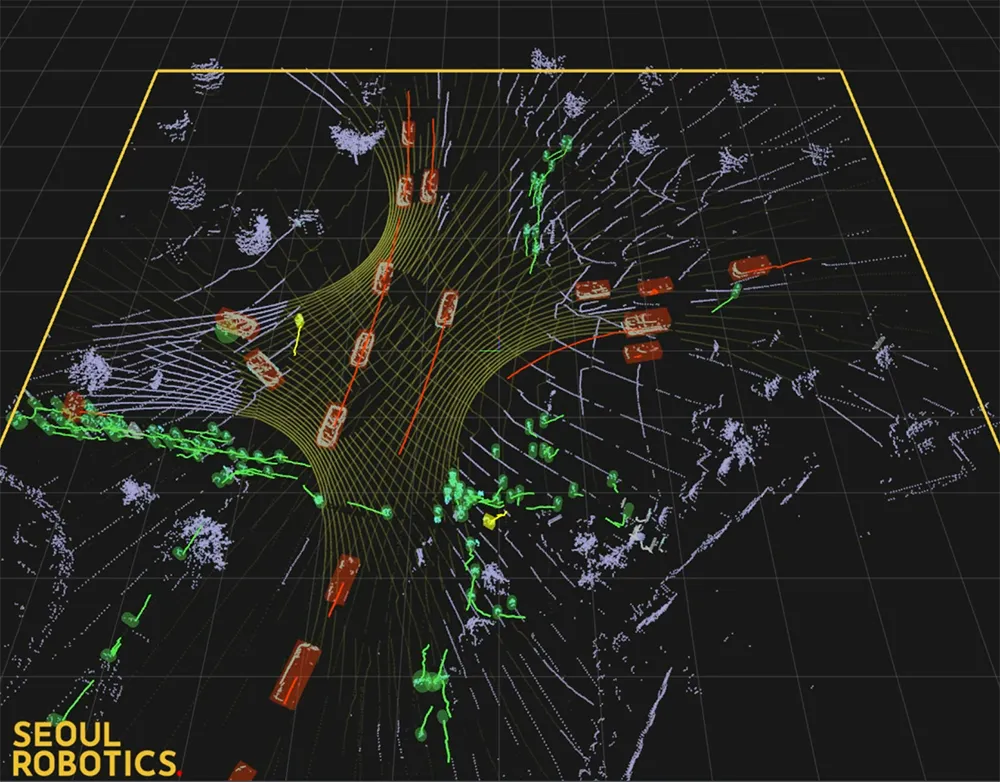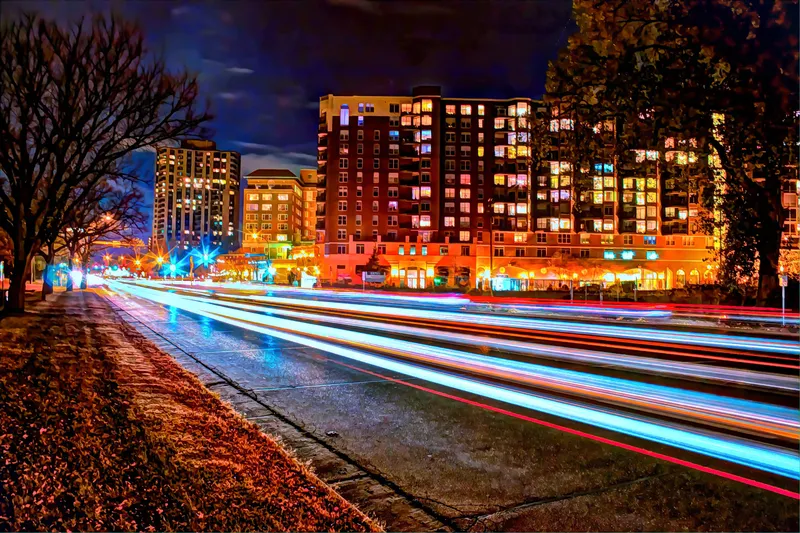January 31, 2022
The Intelligent NETworks (iNET™) Smart Mobility Platform is industry-leading software that cities, states and municipalities use to improve the livability of their communities. By applying state-of-the-art operational solutions, iNET™ helps improve the management, efficiency, effectiveness and safety of transportation networks – whether freeway, highway, toll road, transit route, tunnel or arterial road. The cloud-based system can be operated by multiple agencies simultaneously, allowing for seamless inter-agency cooperation and improved operational efficiency. Trusted by more than 40 cities, iNET™ is the most operated traffic management software in the world.
Sponsored content produced in association with Parsons









